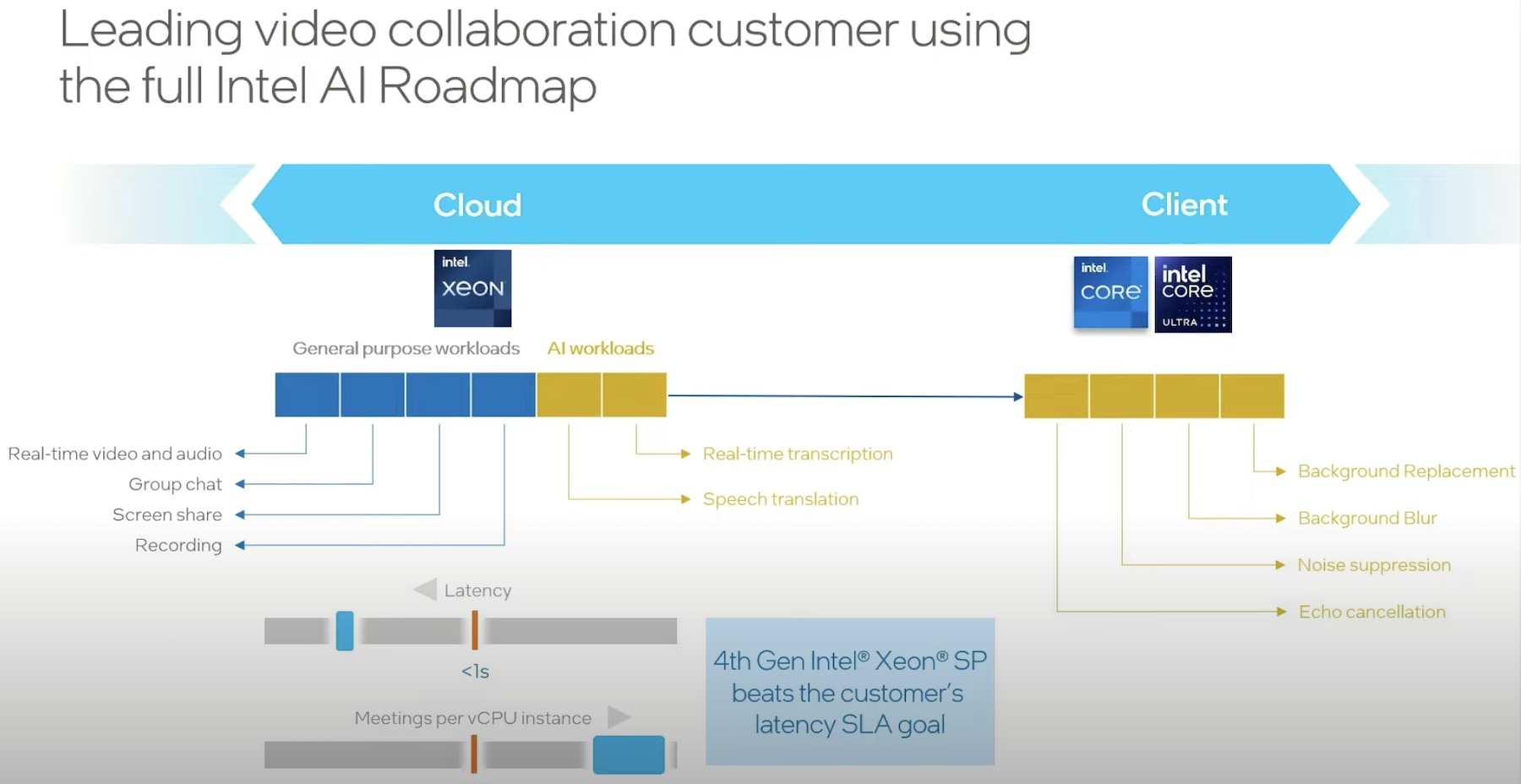Are you a public cloud consumer? Were you also once a private cloud consumer? Maybe you were, or perhaps you weren’t.
Ultimately, it doesn’t matter because if you are someone like me, you likely don’t think about Intel’s importance regarding consuming cloud instances and services.
This was true for me until I sat with Joe Opdahl, a Senior Cloud Services Marketing Manager at Intel, last week. Joe and I had a great conversation about Intel‘s importance and a bit more. Have a read to what I learned from our discussion.
Intel Is Not New to Cloud
Intel’s reality is that it is a significant player in the cloud space, which doesn’t resonate with many. Intel’s virtualization technologies have been in its processors for nearly 20 years, which has been a significant benefit for cloud service providers. Technologies such as Intel Hyper-Threading Technology and Intel Turbo Boost Technology are examples of benefits that many of us have taken for granted. These are on both our on-premises environments and available in the public cloud.
Benefits of Intel-Based Instances
As consumers of cloud spin-up instances, they likely do not think of specific silicon. The chances are that they will choose an instance type that meets their CPU, memory, and storage needs and think nothing else about it—just assuming that the performance needed will exist. However, if you dig into each different instance type, you’ll quickly find that this is not the case. Many different Intel technologies directly impact performance, such as Intel Advanced Vector Extensions 512 (Intel AVX-512) and Intel Deep Learning Boost (Intel DL Boost).
Intel AVX-512
Intel AVX-512 is a set of CPU instructions that directly impacts the performance of compute, storage, and networking for workloads and usages such as AI/DL, scientific simulations, financial analytics, and 3D modeling and analysis. Many times, these performance gains can be as significant as 1.6x for these types of workloads.
Intel DL Boost
Intel DL Boost is a set of features designed to accelerate AI workloads. The Intel DL Boost includes the Intel AVX-512 Vector Neural Network Instructions (VNNI), which provides a single instruction for DL computations that previously required three instructions. This maximizes compute resources by utilizing cache resources and minimizes bandwidth bottlenecks.
It also includes the Intel Bfloat16 (Brain Floating Point), which provides a new floating-point format that can accelerate machine learning algorithms, specifically deep learning training.
In the past, GPUs were leveraged to accelerate ML/DL workloads. With Intel DL Boost on-chip, these higher costs are lowered.
Cloud Provider Consistency
In today’s public cloud world, a real concern is going all-in on a single cloud provider. This concern is hugely valid regarding how we consume cloud resources. Even more so when we need to shift to another cloud provider, and we’ve taken advantage of performance gains in the cloud provider we began with.
The good news is that Intel has worked closely with all of the major cloud providers to ensure that Intel features are available across each of them. What we have to do as a consumer is to ensure that we’ve done the research and ensure that we pick the instance equivalents in each cloud provider to make sure that we can achieve equal performance in whichever cloud provider we choose.
VDI in The Cloud
With the COVID-19 pandemic, many organizations have gone all-in on providing VDI to their employees leveraging public cloud. When dealing with VDI, we assume that because the instance type is for desktop usage, the latest and greatest features are necessary. Equally, we may think that a considerable number of resources are required. Joe explained that this is generally quite the opposite. He stated that older lower-cost instance types could be of greater value to consumers, which was quite interesting because you’d often expect the opposite. So do your homework and ensure that you are getting the best value for your VDI instances’ needs.
Closing Thoughts
I could have chatted with Joe for quite a long time on additional questions around security, SmartNICs, and how Intel views cloud computing in the year 2030.
Cloud 2030 is an active topic that I’ve been a part of. It will be a guarantee that Intel will continue as a significant cloud player in 2030.




